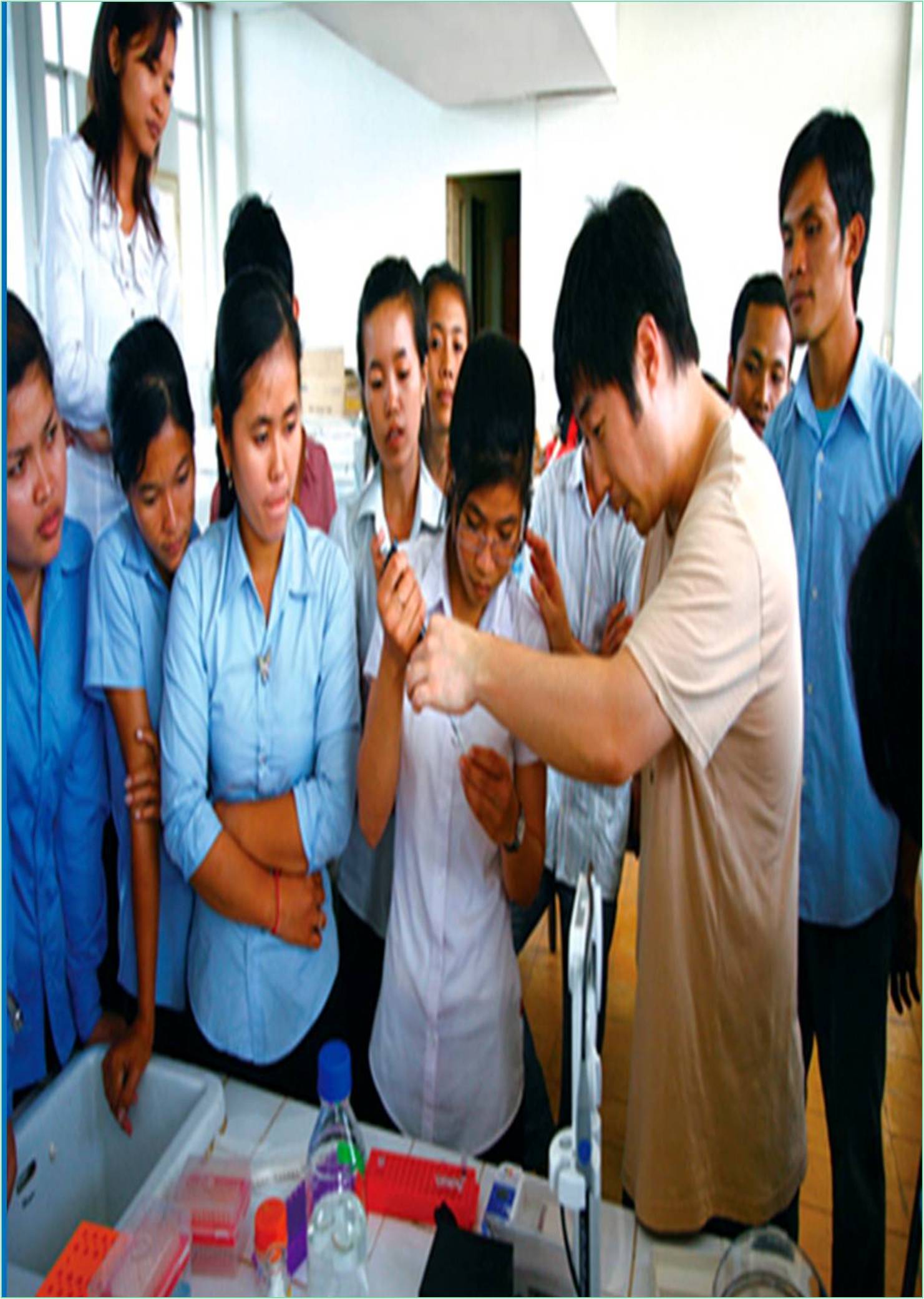



Received: 05-Aug-2022, Manuscript No. GEJST-22-72545; Editor assigned: 08-Aug-2022, Pre QC No. GEJST-22-72545 (PQ); Reviewed: 22-Aug-2022, QC No. GEJST-22-72545; Revised: 29-Aug-2022, Manuscript No. GEJST-22-72545 (R); Published: 05-Sep-2022, DOI: 10.15651/2465-7190.22.10.007
Pedagogical strategies in nursing education typically rely on knowledge transfer from the teacher to the student. Teachers cover material that satisfies expected learning outcomes for the course based on curricular objectives for the nursing programme within the limits of the weeks and hours allotted to each course. Nurse education can be influenced by more participative and anagogical approaches, even with the constraints of semester structure and curricular requirements. Approaches to teaching and learning that are grounded in the arts provide active and applied learning strategies that enhance and supplement more conventional methods of knowledge transfer. Students who participate in artsbased pedagogy create, perform, or react to art as a way of learning.
While fostering the connection between theory and practise, which is crucial in the health-related professions, the use of art in the classroom can make learning meaningful and enjoyable for students. Active learning techniques have been utilised by nurse educators to involve students in the learning process and motivate them to reflect on what they have learned. As didactic lecturing has been found to be utterly unproductive, with learners recalling less than 80% of what they were taught after just one day, other teaching modalities are promoted. Readers Theatre is a type of play in which performers read a scripted story aloud to the audience without the use of performance, scenery, props, or costumes. Readers Theatre participants already have their scripts in hand, so there is no need for rehearsing before the learning session..
Readers Theatre was used as a positional tool to improve communication, fluency in the English language, and student awareness, understanding, caring, and empathy.
It was also used to improve interdisciplinary education and cross-disciplinary collaboration, as well as to apply a person-centered approach to nursing care. Other publications emphasised the use of Readers Theatre as a technique to study and explore complicated topics relating to women's intersecting identities obstacles faced by low-income students HIV/AIDS, ageing, cancer, mental health, disruptive behaviour among nurses, and end-of-life care.
Knowledge transmission, multidisciplinary work, and cross-disciplinary cooperation
Readers Theatre has been used to share knowledge and experiences, such as students' journeys towards becoming ethnographers. Challenges of group writing projects and the negotiation techniques used by pupils to get over obstacles. Promote multimodal professional learning on HIV and AIDS in South Africa using Readers Theatre. They thought about how arts-based research methodology fosters both solitary and group creation. Consideration was given to the different adult learners' experiences with cancer education in a local setting in Alaska. Because Alaska Natives have a rich storytelling heritage, Readers Theatre was proven to be an effective technique for knowledge mobilization. Readers Theatre can be used when participants have different ethnic and cultural backgrounds since it creates a respectful setting for them to have meaningful talks. The strategic and historical importance of nurses in hospitals was discussed in an interesting and compelling way using Readers Theatre. The author created a script about the hospital's history using archival material. The patient-centered care model, the attributes of the health facility, and the productive cooperation between nurses and doctors were all covered in the script. In the assessment forms for forms for orientation, the audience gave Readers Theatre a favourable review.
Readers Theater promotes active learning strategies that involve students in the learning process. Readers Theatre is a shared experience between the audience and the script readers. Readers' narrations of the play elicit strong feelings from the listeners. Additionally, it encourages audience members who are students to actively engage with the script's aesthetic, emotional, and intellectual components. Readers Theatre performances are not only considered as a way for the performer to transmit information to the audience; they are also seen as a dialogical instrument that allows the performer and audience to accept and teach each other in turn. As a result, Readers Theatre is a two-way experience that all participants share. During the post-performance conversation, the meanings and important messages are uncovered. There is no demand for a theatrical-level performance because the participants are not paid performers, relieving the readers of that burden. The post-reading discussion encourages critical evaluation and thinking critically. Because Readers Theatre incorporates many essential ideas of superior teaching and learning, it fits well within the pedagogical framework of an academic programme like nursing. Since successful application requires that students read, participate, and engage in higher-level thinking, active and student-centred learning techniques encourage students to share learning responsibility with their teachers and students. Although there is currently a moderate lack of research on nursing pedagogy, we hope that our findings will encourage professors to investigate and use Readers Theatre and other active learning artsbased methodologies. Readers Theatre has the potential to be used in a nursing curriculum as a drama-based technique, especially in theory and substantive classbased courses where students are applying their knowledge through active group learning.